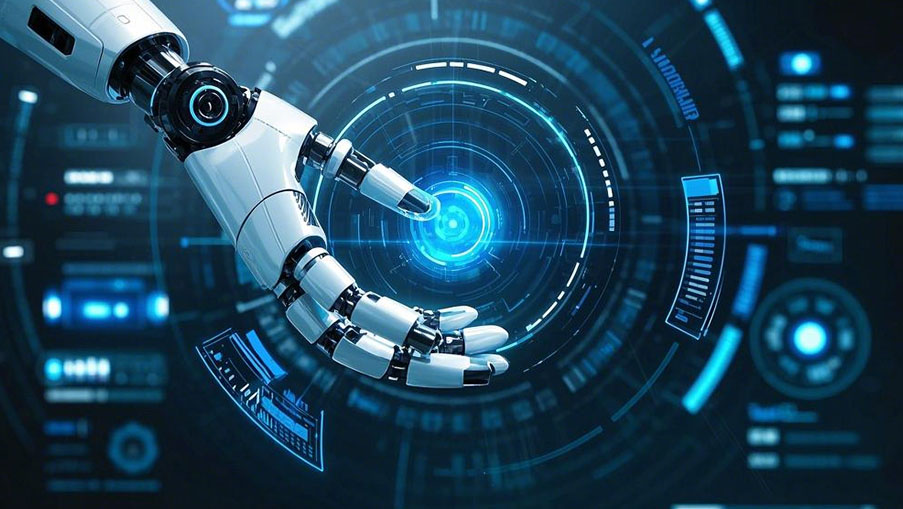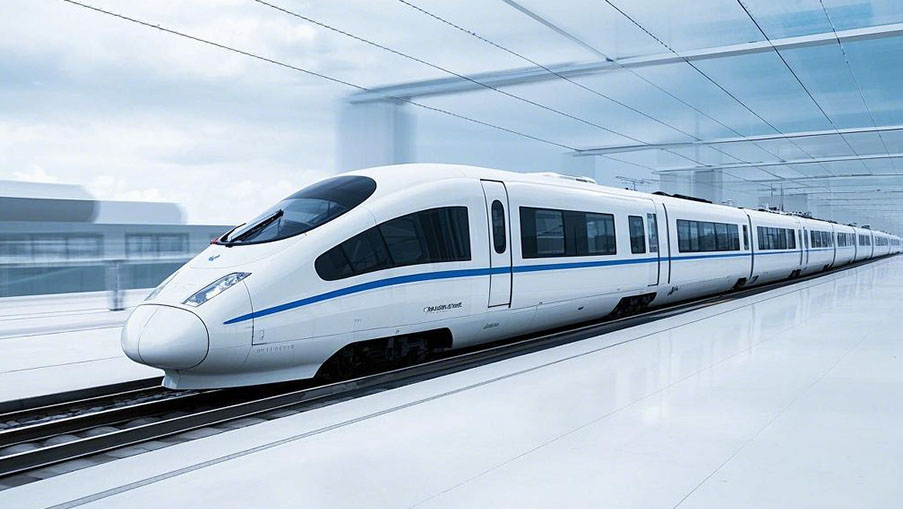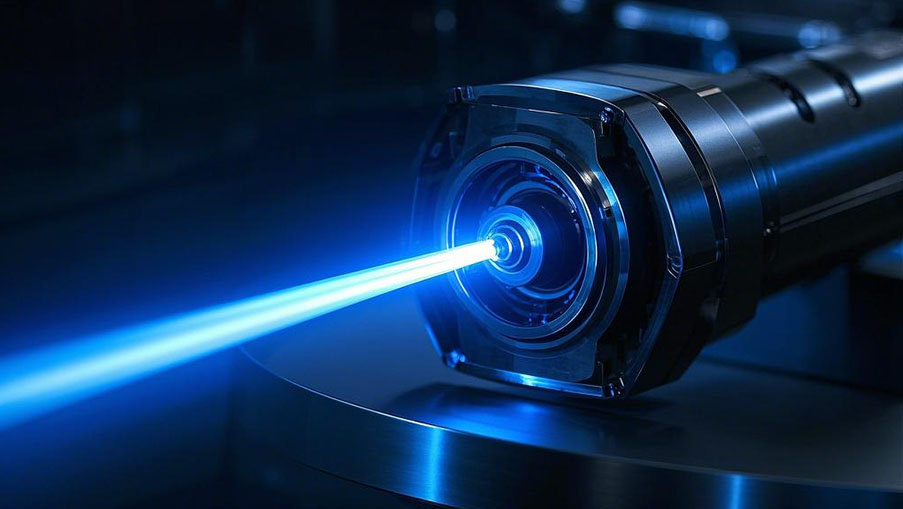Site Map
In the modern rail transit network, as the core infrastructure for carrying trains, rail has been subjected to alternating loads and frictional losses of high-speed and heavy loads for a long time, and is prone to wear, cracks and rust. Traditional repair methods, such as welding and surfacing welding, have defects such as low efficiency and weak bonding force of repair layer, which are difficult to meet the dual needs of safety and economy of railway transportation. In recent years, laser cladding technology has gradually become an innovative force in the field of rail repair with its high-precision and high-performance surface strengthening characteristics.
Technical principle: Accurately reshaping rail performance Laser cladding technology focuses on the rail surface through a high-energy laser beam, instantly forms a molten pool and synchronizes the injection of alloy powder, and forms a high-performance coating combined with matrix metallurgy after rapid solidification. This process precisely controls the composition, thickness and structure of the cladding layer, significantly improving its wear, corrosion and fatigue resistance while restoring rail geometry. Compared with the traditional process, the heat affected zone of laser cladding is smaller, which can avoid rail deformation, and the material utilization rate is high, greatly reducing the waste of resources.
Application advantages: Multi-dimensional improvement of repair efficiency
Efficient and fast laser cladding energy density is high, a single treatment can complete local repair, shorten the line downtime.
Excellent performance cladding hardness can withstand the long-term impact of heavy trains. The experimental data show that the service life of the rail treated by laser cladding is longer than that of the traditional repair method, and the frequency of rail change is significantly reduced.
Green Economy This technology enables "repair on demand" and only works in damaged areas, reducing material consumption and carbon emissions.
Intelligent equipment equipped with visual measurement and AI algorithm can monitor the cladding process in real time and optimize process parameters to adapt to different rail types and complex working conditions. For example, the laser processing car developed by Huazhong University of Science and Technology has realized fully automatic control of rail online quenching and cladding.
Process complexity: Laser parameters and powder formula need to be optimized for different rail materials to avoid porosity, cracks and other defects.
Standardization construction: The industry needs to establish unified cladding quality testing standards and acceptance specifications. Intelligent upgrade: Complete cycle management of rail health by combining digital twin and predictive maintenance technology.
In the future, with the application of new materials such as nanocomposite coatings and high temperature resistant alloys, as well as the research and development of portable cladding equipment, laser cladding technology is expected to further expand to the field of rail preventive maintenance, providing core support for the green and intelligent development of rail transit. The rise of laser cladding technology has opened up a new efficient, economical and sustainable path for rail rail repair. Through the deep integration of technological innovation and engineering practice, this "rail regeneration" is gradually changing the traditional maintenance mode and injecting strong impetus to ensure the safe and stable operation of the global railway network.













0 Reactions
We provide Netfriend Comment for people express their own opinion,it doesn't means we agree with their view,and we do not have the responsibility to testify what they said.